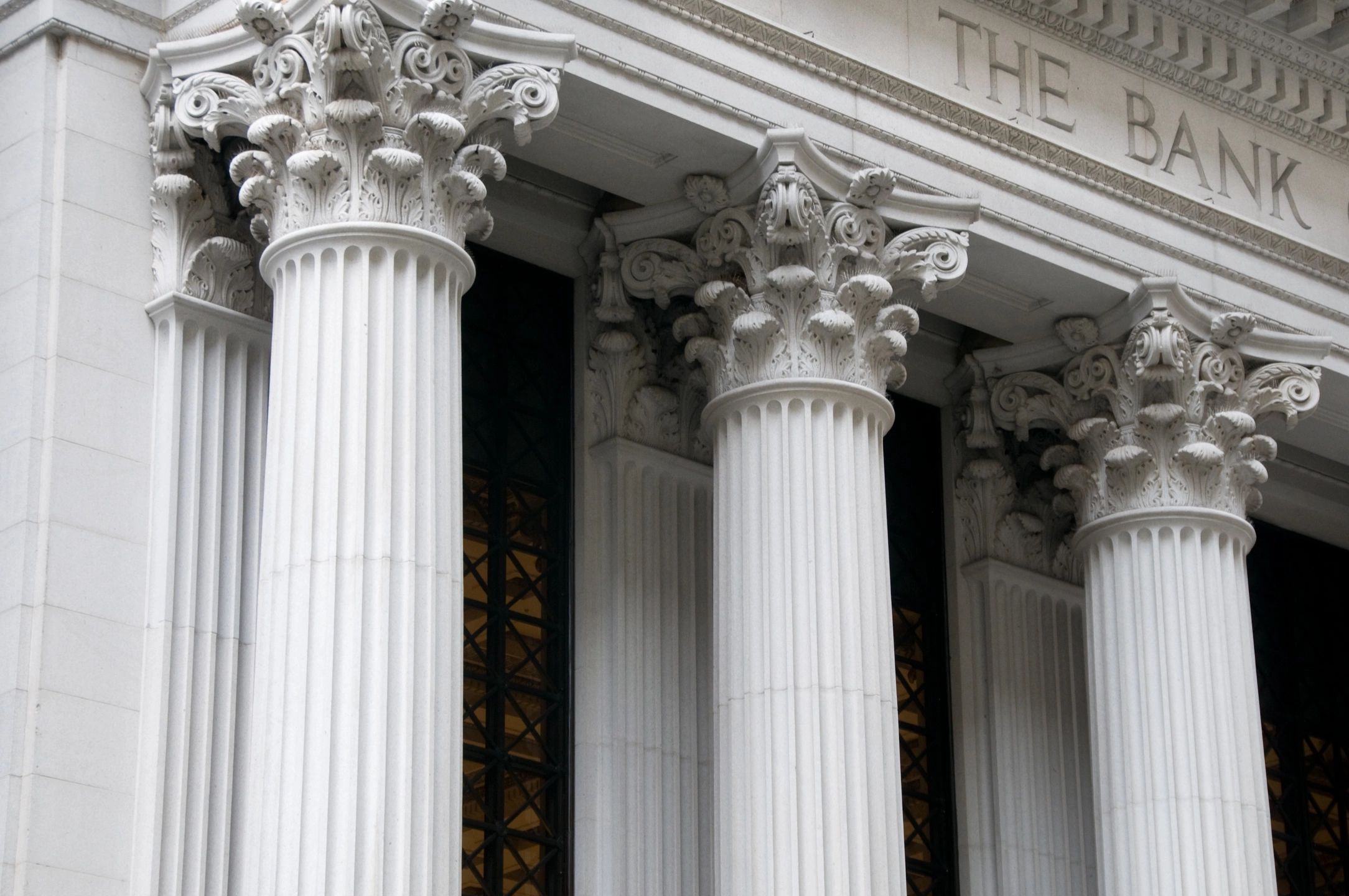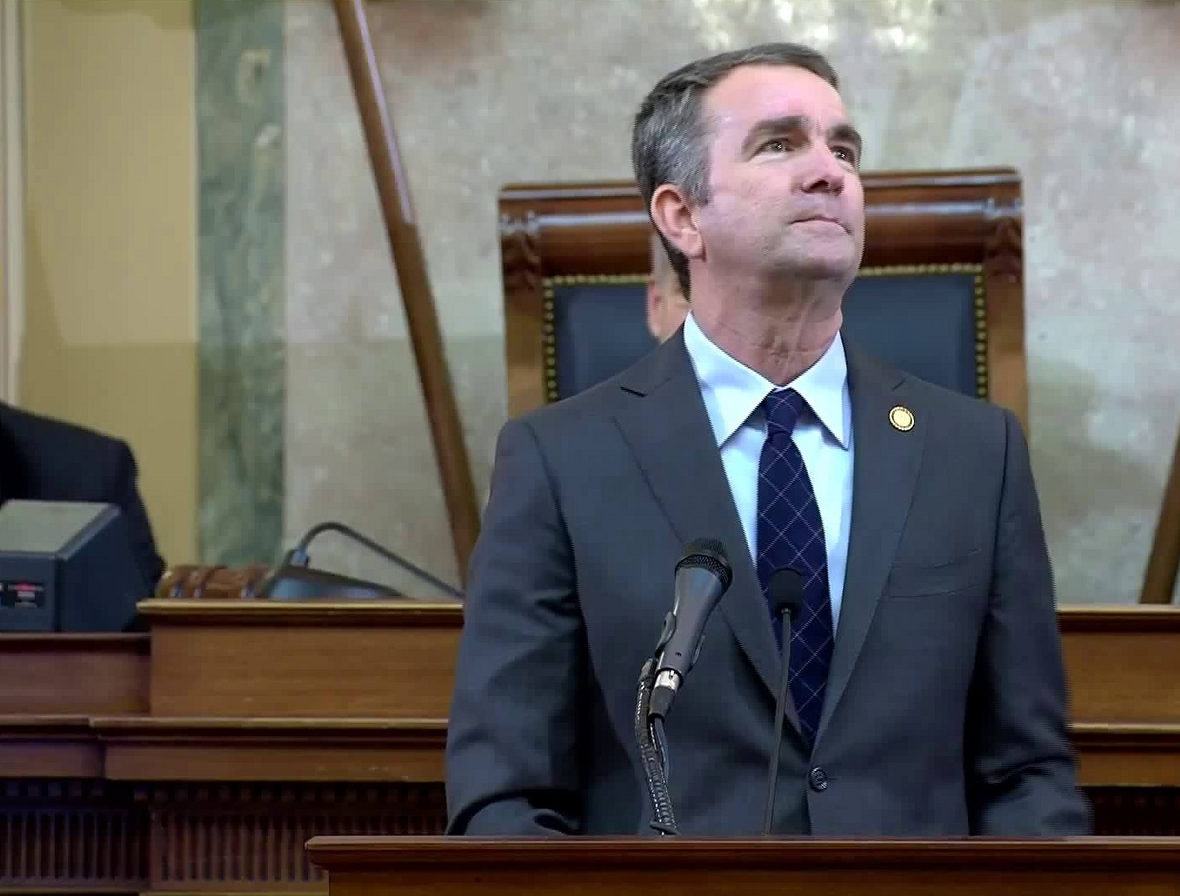If you woke up to the headlines screaming that President Donald J. Trump claimed credit for the boom and should not take blame for the bust? Welcome to the cycle of fake news.
…and this is indeed how it works. Not disinformation per se, but narrative building that tips facts into a thematic gist. One easily notes that nothing in the major press outlets gives credit for the predicted 5.4% GDP growth that sent markets into a tizzy.
Why would growth send markets into a tizzy, you ask? Shouldn’t that be good news?
Several things are happening concurrently, and it takes a smarter-than-average cookie to figure it all out.
1.) Everyone with two brain cells to rub together knows that Wall Street’s 30%+ gaines YTY was the very definition of a bubble. So why was all that capital waiting there, rapidly gaining value?
2.) Because everyone was waiting for the Trump tax cuts. Once the corporate tax cuts kicked in — yes, it’s February folks — there is about $17 trillion in overseas capital waiting to come back into the United States.
3.) …and that’s the reason the printing presses have been running nonstop under the Trump administration. Think about it this way — Apple announced that it was bringing $350bn in assets back to the United States, about a third of the pilloried “stimulus package” that bailed out assets in New York and Chicago under the guise of infrastructure improvements that never happened. That’s just one firm.
The real concern here was one that Wall Street prepared for. When you have that sort of capital inflow coming into any country, there is the legitimate concern for inflationary pressures turning into deflation — the same scenario the Dutch had in the 1970s and every sovereign wealth fund (SWF) deals with upon the discovery of oil or gas.
4.) So what’s happening to all those stocks? Traders are buying up bonds. And that is literally the entire game. The money isn’t disappearing or walking off the shelf; folks are literally making a long-term bet on America by snapping up otherwise cheap bonds.
5.) Here’s your key indicator: 2 year notes came down. That doesn’t happen if there’s something fundamentally wrong with the economy. Rather, it does happen when a market bubble pops and you have a market correction. But if there was a cataclysmic collapse on the horizon? We’d be seeing many more indicators that something was wrong.
Earlier this morning, CNBC analysts were discussing how this squeeze is contained as a stock market event — not an instance where Wall Street was sniffing out a larger problem with the economy:
Volatility shock shakes markets. Here’s what to expect from CNBC.
Nothing in the credit markets, nothing in the economy. Just a stock market correction where the market overheated (as predicted) and there is a corrective shift. The bond markets aren’t behaving oddly — 2 year notes came down.
Other indicators worth noting? Housing prices are up 6.6% YTY. Exports are up 23% from the pre-recession peak. The ISM non-manufacturing index is up to 59.9% (anything lower than 50% indicates contraction). Bankruptcy filings are the lowest since 2006. U-3 unemployment is at 4.1% and U-6 unemployment is at 8% — down from Obama-era highs of 10% and 17.10% respectively during the Great Recession.
The media narrative that Trump should own the recent stock market correction is a short term narrative. Long term? The U.S. economy might have some inflationary (and deflationary) concerns unless the Federal Reserve tightens up the interest rate, but should the shoals be navigated? The Obama presidency suffered through a “long recovery” during the Great Recession; the Trump presidency might very well become the beneficiary of a long boom should the policy of reducing taxes, reducing regulations, and making the business of America business again continue.







